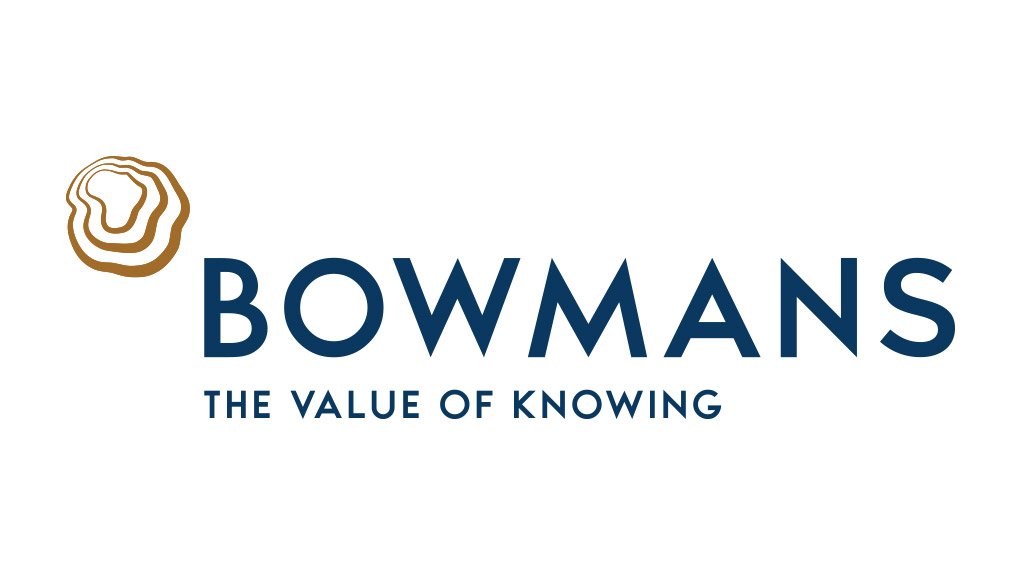Protecting inventions is a smart way to stay ahead of the competition and build the value of a business by investing in its intellectual property. One of the ways to do this is by applying for a patent. A patent gives the inventor the exclusive right to control how their invention is used and commercialised for a set period. In Kenya, for example, this protection lasts for twenty years from the date the application is filed. After that period, the patent expires, and the invention becomes publicly available.
To qualify for patent protection, the invention must meet three basic requirements. First, it must be new, meaning it has not been publicly disclosed anywhere in the world. Second, it must reflect some level of creativity. This means it cannot be an obvious tweak of something that already exists. Third, the invention must be practical and capable of being made or used in an industry.
Patent protection in Africa
In Africa, inventors can pursue patent protection in different ways. One option is to file directly in individual countries through national intellectual property offices, such as the Kenya Industrial Property Institute (KIPI). Another option is to file regionally through one of two offices: the African Regional Intellectual Property Organization (ARIPO) or the Organisation Africaine de la Propriété Intellectuelle (OAPI). Each route works differently and offers distinct advantages depending on the inventor’s goals and where they intend to do business. We will delve into the three different routes.
National patent registration
Starting with national offices, most African countries have developed their own laws and procedures for protecting inventions. These systems are often shaped by local legal frameworks, economic needs and policy priorities. A key advantage of the national route is flexibility. Inventors can choose exactly which countries they want to seek protection in based on where they plan to operate. This can be helpful for targeting specific markets, and it also means the patent process is tailored to each country’s legal system.
However, there are also challenges. Filing separate applications in multiple countries can be expensive and time consuming. Each country has its own forms, deadlines and rules, which can be difficult to keep track of, especially for someone without legal support. Also, the protection only applies in countries where the patent has been granted. Therefore, unless an inventor files broadly, they may not be fully protected across the continent.
African Regional Intellectual Property Organization (ARIPO)
An alternative to national filings is the regional approach offered by ARIPO. ARIPO allows inventors to file a single patent application that can cover several member countries. This application can be submitted directly to ARIPO’s headquarters in Harare, Zimbabwe, or through the national Intellectual Property office of any ARIPO member state. In the application, the inventor must indicate which of the member countries they want protection in. If the application is granted and those countries do not object within a set timeframe, the patent becomes effective in each of them.
This system can be much more efficient than filing individually in each country, as it reduces administrative work and helps inventors secure broader protection with a single process. On average, if there are no complications or objections, the process takes around two to three years. Still, there are some limitations. Not all African countries are members of ARIPO, and even among member states, not all have fully implemented the relevant ARIPO rules. Additionally, even if ARIPO grants a patent, an individual member country can still decide not to recognise it if it conflicts with that country’s laws.
Organisation Africaine de la Propriété Intellectuelle (OAPI)
OAPI, on the other hand, offers a different kind of regional system, mainly for French-speaking African countries. What makes OAPI unique is that it operates as a unified system. Instead of each country having its own intellectual property laws, all OAPI member states have given up their national patent laws in favor of a shared framework governed by the Bangui Agreement.
This means that a single application to OAPI results in patent protection across all member states without the need to specify countries or go through any local validation process. This can be a huge benefit for inventors who want protection across the region, as it saves both time and cost. OAPI also provides a 12-month grace period for patent filings, which means that if someone discloses their invention at a trade fair or exhibition, they still have up to a year to apply for protection.
That said, the system is less flexible. If an inventor is only interested in protecting their invention in one or two countries, they still must pay maintenance fees for the entire group of member states. This can be costly, especially if the broader protection is not deemed as a business priority.
Conclusion
In summary, there is no one-size-fits-all approach when it comes to registering a patent in Africa. The choice between KIPI, ARIPO, and OAPI depends on several factors, including the nature of the invention, the markets the inventor wants to target, and the resources available to manage the process. National filings offer precision and legal certainty, ARIPO provides a streamlined option for English-speaking and Portuguese-speaking countries, and OAPI delivers a convenient route for inventors interested in Francophone Africa.
Inventors should take time to assess their commercial priorities and weigh the benefits and limitations of each route before deciding how best to protect their intellectual property.
Written by David Opijah, Partner; and Vallarie Yiega, Associate; Bowmans Kenya
EMAIL THIS ARTICLE SAVE THIS ARTICLE ARTICLE ENQUIRY FEEDBACK
To subscribe email subscriptions@creamermedia.co.za or click here
To advertise email advertising@creamermedia.co.za or click here











